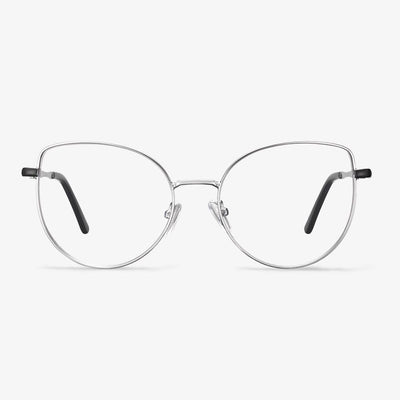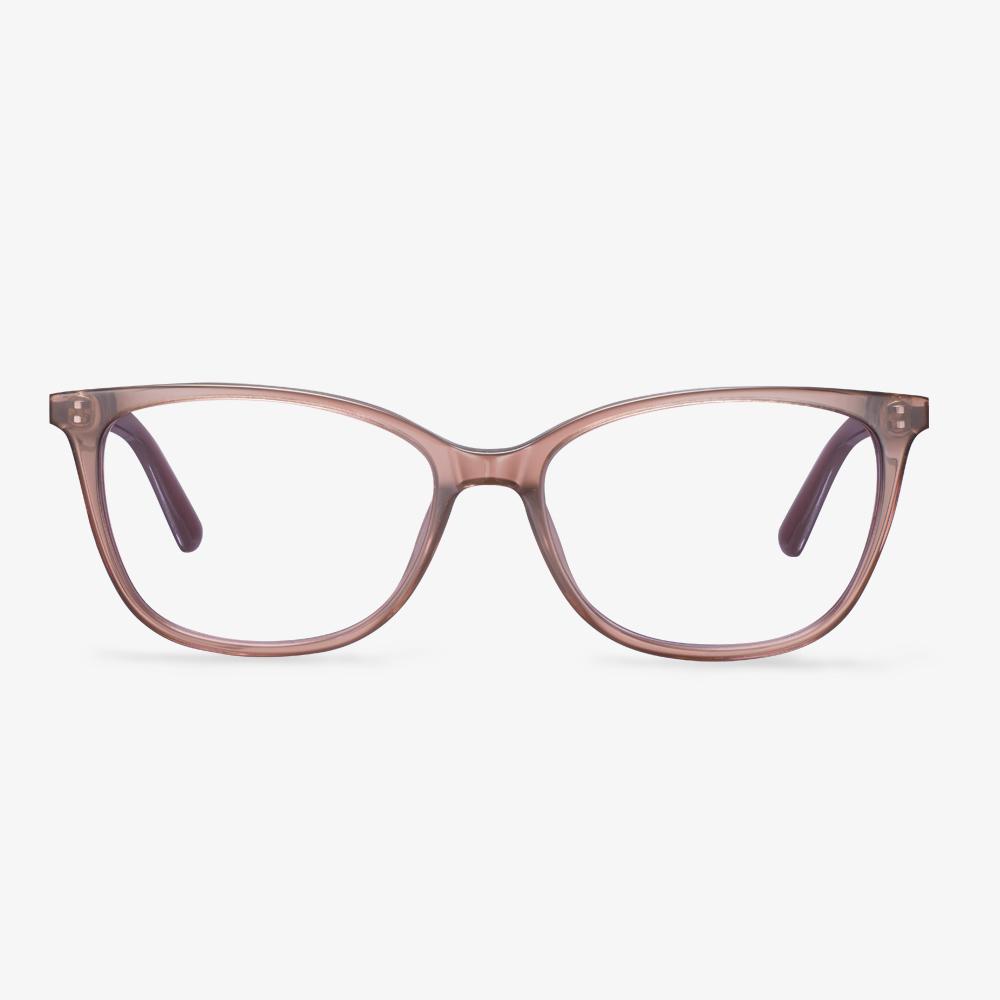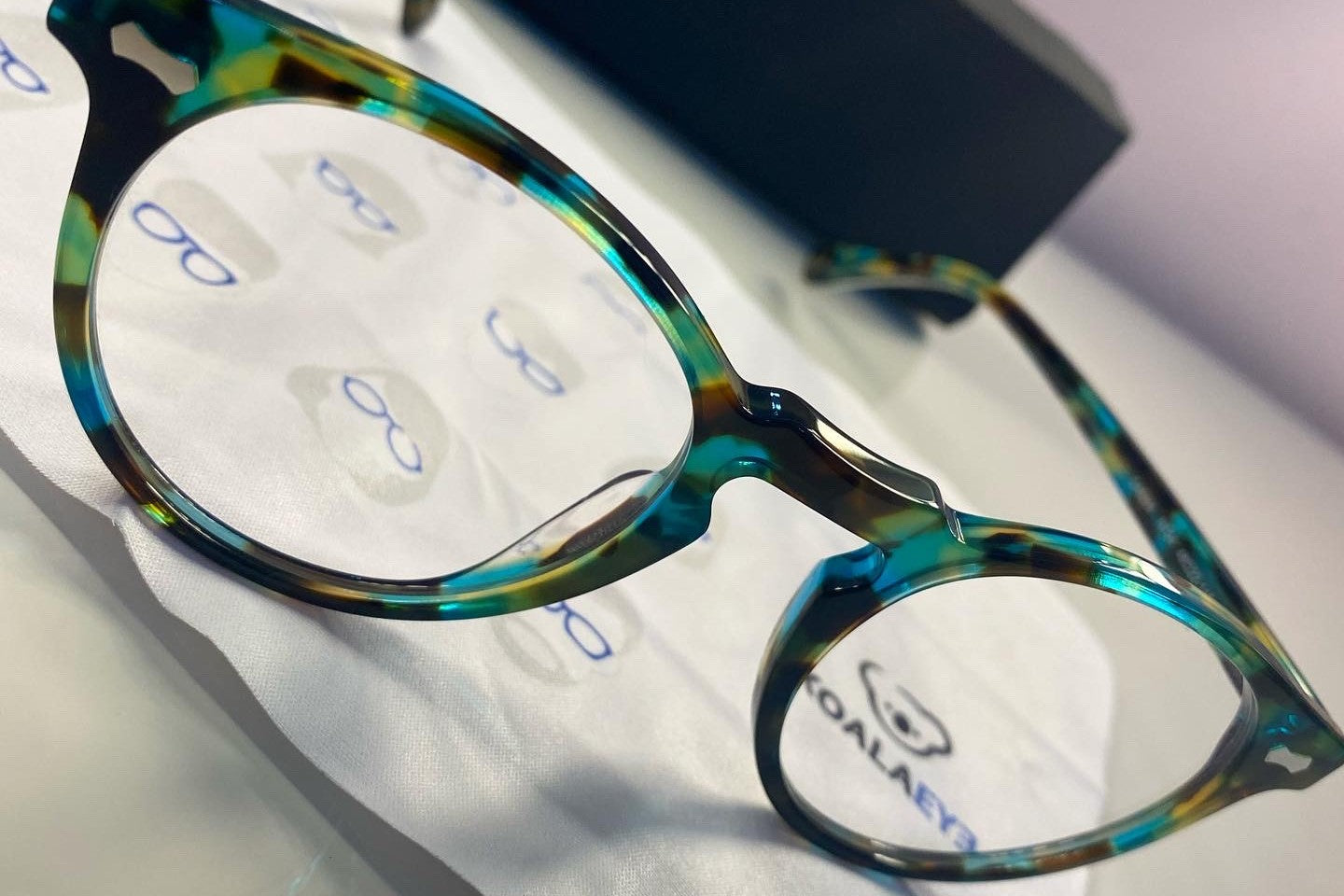Single Vision vs Progressive: What Are Their Differences
In this part, we will show you some differences between single vision and progressive lenses. They differ in several factors, so here we will compare them one by one.
Progressive lenses generally have their reading zones just in the lower half of the lenses, while single vision glasses have the reading power all over the lens. So if you are working on something above your head and you need to see some small details, the progressive lenses will not work. And you can not see through the reading zone in progressive you need to switch to single vision reading glasses.
Single vision glasses are cheap than progressive lenses. Compared to progressive glasses, single vision glasses hold way fewer distortions in the periphery. So, there is no need to customize the lens design to the max. In addition, single vision glasses are often available in the optical store while the progressive often needs to be produced for you. In other words, the delivery time of single vision lenses will be shorter for you.
You can use your progressive glasses optimally just in an upright posture. As soon as you lay down on your couch, this will lead to blurry vision. The reason is your changed position which forces you to look lower through the lenses on the screen. However, with single vision glasses, you can change to an upright position and it would not be a problem anymore. You can position yourself on your couch as comfortably as you want and you can still see clearly with your single vision distance glasses.
Oval frame
Soft and smooth lines, implicit and introverted, reflect the gentle and quiet fair maiden style. It seems that the first pair of glasses worn by everyone who is nearsighted is oval, basically in high school. It seems to have a student era of green implicit, quiet lady. Even in middle age, there are a lot of people who will choose a lot of beautiful styles of oval frames. It seems that in their hearts, they all want to stay young forever.
The quality of the eyeglasses chain stores is relatively stable and reliable.
As the eyewear chain enterprises spread across the whole city or across regions, they occupy a large share of the local market, and the resulting scale effect reduces their own procurement costs and greatly enhances the awareness of brand quality. Therefore, the procurement of eyewear products is critical. Those defective products are much less likely to appear in these chain optician stores, which naturally ensures that overall product quality improves.
Eye Pieces
They have their finger on the pulse of changing fashion trends. Providing a variety of styles and shapes to choose from, and the target is to make everyone happy who is looking for new and attractive glasses. Only the best brands are available to ensure that your glasses are both stylish and durable. From elegant and sophisticated to casual and stylish, you'll find the frame to highlight your look. Designer glasses have lasting value, unique design, and durability. The whole collection has been tested that solid craftsmanship can stand the test of time and wears. They have a large selection of brand-name lenses, including professional lenses. They provide a lot of cool prescription and non-prescription sunglasses.
What Are Progressive Lenses?
Traditional eyeglasses are usually single vision lenses with one prescription. Progressive lenses are multiple with three prescriptions in a pair of eyeglasses. Progressive lenses let you see comfortably at different distances, allowing you to see close, near, and far without changing your glasses. There are other kinds of multifocal lenses like bifocals and trifocals, but progressive lenses differ because of their smooth transition between prescriptions.
Bifocals and trifocals work similarly to progressive lenses and feature either two or three prescriptions in a pair of glasses. These lenses have definitive lines separating the prescriptions. However, progressive lenses don’t use these lines and allow you to easily transition between prescriptions.
Hence, in the following section, we will show you 6 different types of progressive lenses.
Progressive Lens
Standard progressive lenses are multifocal lenses with three observation areas, farsightedness, intermediate vision, and nearsightedness. Unlike bifocals, there are no visible lines between each viewing area. They have a seamless, invisible design, where the optical power changes 'gradually' throughout the lens. Many people confuse 'bifocal' or 'trifocal' with 'progressive' but remember that bifocals and trifocals have visible lines in the lens, while progressive lenses do not. Because progressive lenses have no lines in the lens, they are more popular multifocal lenses than bifocal lenses.
The main observation area of the progressive lens is a far distance, the smaller area at the bottom of the lens is used for myopia, and the middle area in the middle is smaller. Standard progressive glasses are very suitable for general purpose glasses, focusing on hyperopia activities (such as driving and walking) and sufficient area in the lenses for nearsighted activities (such as reading and computer use). The left and right sides or 'convex corners' of the lens are deliberately blurred to achieve an invisible design. The clearest line of sight in the gradual process is from the center to the top of the lens.
INMIX Driving Glasses
Inmix has tried many functional innovations, like an ultralight frame that weighs only seven grams and can float on water, a blue lens that blocks radiation from computer and mobile phone screens, and an allergy nose pad. Inmix Glass is an attempt to distance itself from its competitors with a strong visual style. The performance of Inmix glasses is beyond its young brand positioning. The brand competitiveness of the old brand is not lost at all. Opening the affordable era of glasses, it truly realizes the ecological chain from factory to consumer, and gives consumers the most cost-effective high-quality glasses. Parity and quality make the sales volume double every year, and the sales volume in 2015 is more than the sum of the previous years.











































